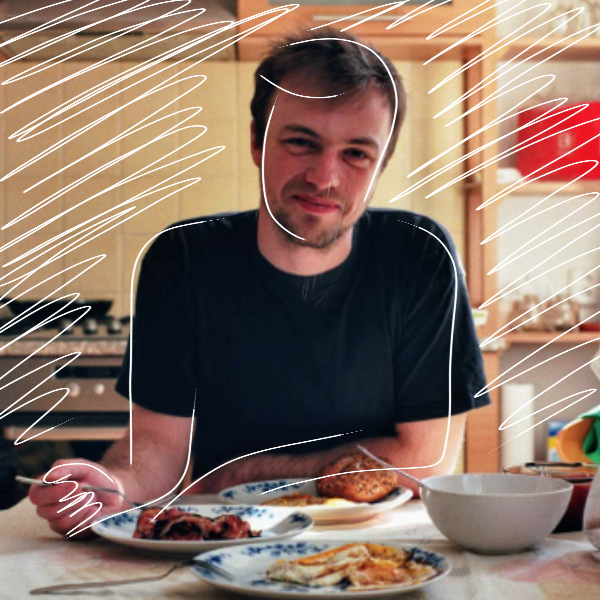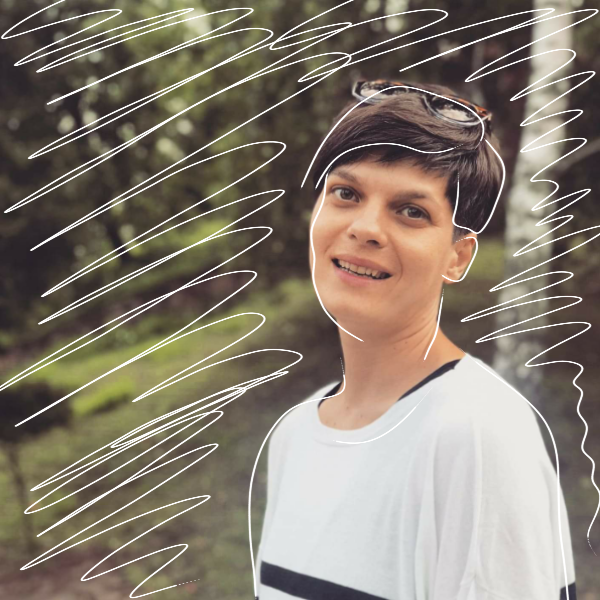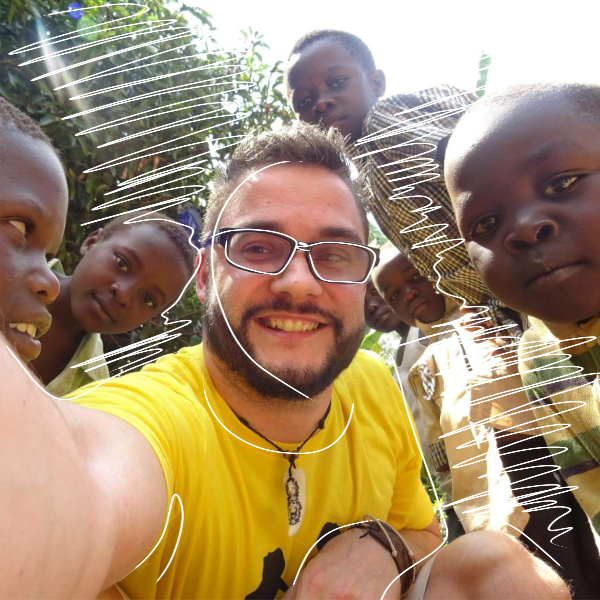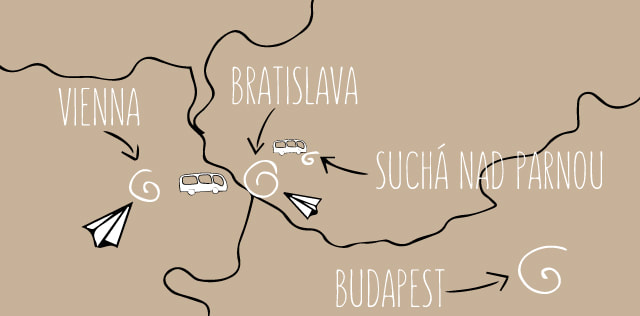The training course Visualise Words, Embody Visuals 2.0 will provide you a very practical framework and space for your personal development in the area of visual thinking and embodied learning.
The overall aim of this training course is to empower participants to use visual thinking and embodiment techniques for facilitating educational activities within their own environments (virtual and face to face).
Objectives:
The overall aim of this training course is to empower participants to use visual thinking and embodiment techniques for facilitating educational activities within their own environments (virtual and face to face).
Objectives:
- To introduce visual thinking as a tool for working in the field of youth and education
- To introduce principles of embodied learning in youth and education sector
- To offer participants new methods, skills and tools for developing and facilitating learning activities in their environment
- To support development of participants’ skills to actively use, adapt and combine these approaches in the context of
- delivering and facilitating learning activities (virtual and physical settings)
- To provide space for sharing and exchanging good practices in using visual thinking and embodied learning with diverse groups of young people.
Why Visual Thinking and Embodiment?
.We experience the world firstly through touch and our senses. From early years, they give meaning to our experience of the world, however, in the process of growing up, we lose that connection to our senses and primarily focus on cognitive processes, when searching for meaning. Various studies say that the human brain processes visual information in mere milliseconds, and is capable of translating it much quicker than textual or verbal inputs. Although this is common knowledge in the 21st century, as educators, youth workers and humans, we still don’t make full use of our basic graphic skills and visual disposition (gestures, body movement) in education and everyday communication. Same can be said for embodiment. Even though the body is present in everything we do and provides a wide range of information, we tend to neglect it in the learning process. Therefore our perception of the world is very limited, which also affects the way we understand what it means to create diverse and inclusive learning environments.
Visuals, Embodiment and Virtual Learning?
One of the big reasons we designed this course as a blended mobility, is in direct response to challenges in the youth work sector, created by the COVID – 19 outbreak. One of them being a question of how to maintain participation, engagement and interaction of young people in virtual places? Close to that, another challenge that imposed itself - how can practitioners in the youth work sector diversify their methods and approaches, so they reach wider groups of young people, prioritising wellbeing and holistic engagement of learners. Visual thinking and embodied learning principles offer a practical framework that responds well to those challenges supporting more inclusive, accessible and holistic engagement with learners, nurturing connection and creativity.
WHO can visualise words & embody visuals with us
We are looking for youth workers that are currently working with young people, trainers, facilitators and other educators who want to improve their competences in the area of body work and visual tools.
Countries included in the project:
Slovakia // Croatia // Slovenia // Spain // Estonia // Poland // Ireland // Portugal // Italy // Bulgaria // Romania
Countries included in the project:
Slovakia // Croatia // Slovenia // Spain // Estonia // Poland // Ireland // Portugal // Italy // Bulgaria // Romania
the Team
Juraj VígJuraj is interested in arts, peoples emotions, cooking & all the spiritual things around. He loves to guide people in their learning processes. He is a classic - systemic - and graphic facilitator, graphic designer, youth worker & soft skills trainer. His natural habitat is his organisation Otvorená Hra (Open Game).
|
Sandra GojićSandra is an independent educator, passionate about movement, inner diversity and creating spaces where others can express their unique selves. Her journey through different movement practices and body ways, was one of compassion, kindness and learning to trust herself and others. From pain and anger, to joy, curiosity and gentle ways of being. A journey she is still exploring.
|
Peter HurayPeter is too busy to write about himself. We love him, because he is a really caring person & very good project manager. He will be the one to deal with travel tickets, good food and all the small technical things.
|
WHEN & WHERE
|
1st PART - online
Every Wednesday 10 am - 12 am CET / 6 weeks 6 April / 13 April / 20 April / 27 April / 4 May / 11 May |
We will use a platform ZOOM for the online meetings. Every registered participant will receive an e-mail with link and all the instructions.
|
|
2nd PART - practice
May - August 2022 |
|
|
3rd PART - residential
14 - 21 August 2022 / total
WHERE Suchá nad Parnou, SLOVAKIA Penzión na priehrade www.penzionnapriehrade.sk |
|
HOW TO COMEThere are two options to travel to Suchá nad Parnou from Bratislava by public transport:
cp.hnonline.sk/en |
There is a direct bus from Vienna airport to Bratislava almost every half an hour. The bus leaves from the airports entrance. In case you want / need to fly, we highly recommend you to choose Vienna or directly Bratislava airports.
|




